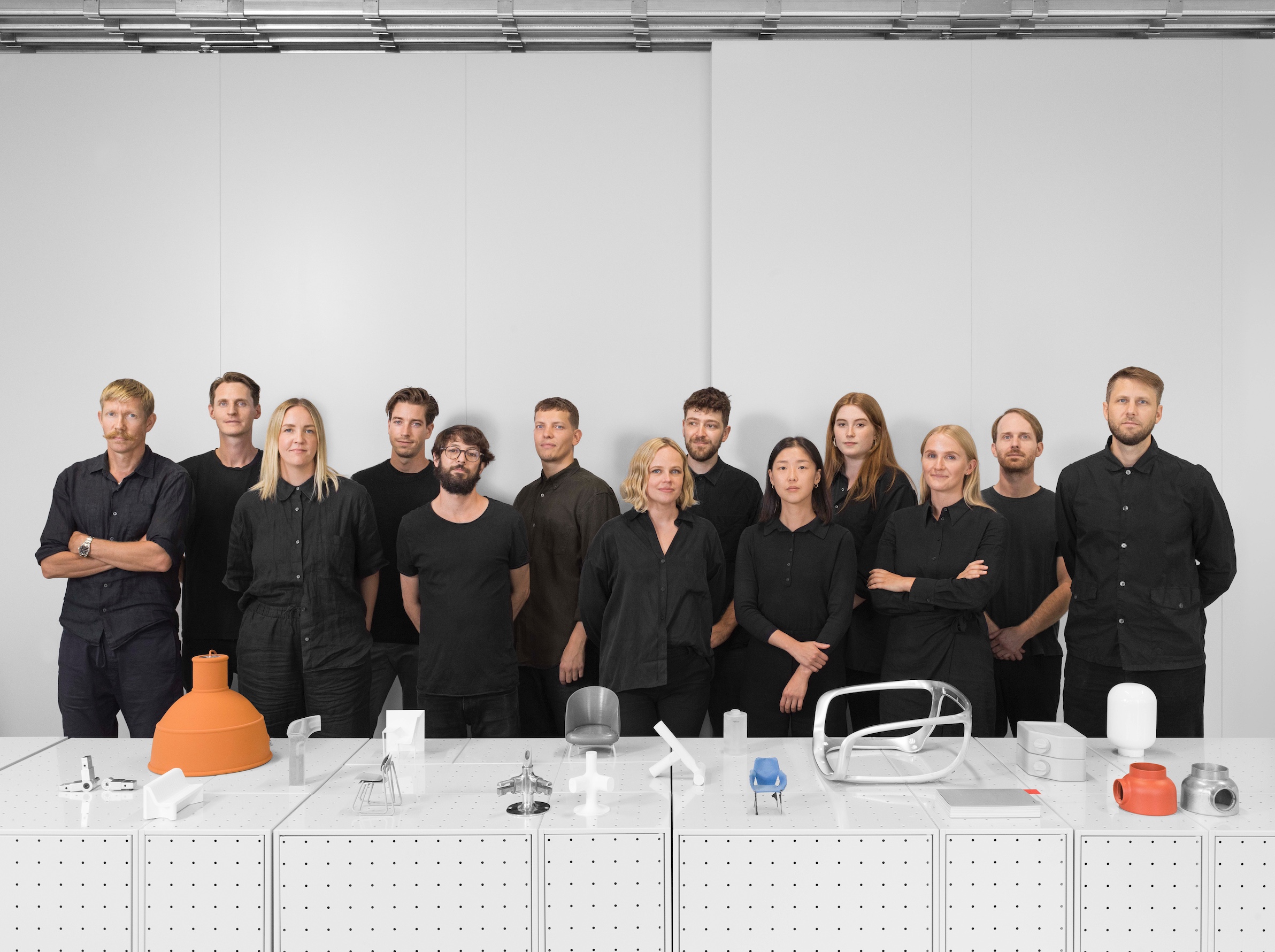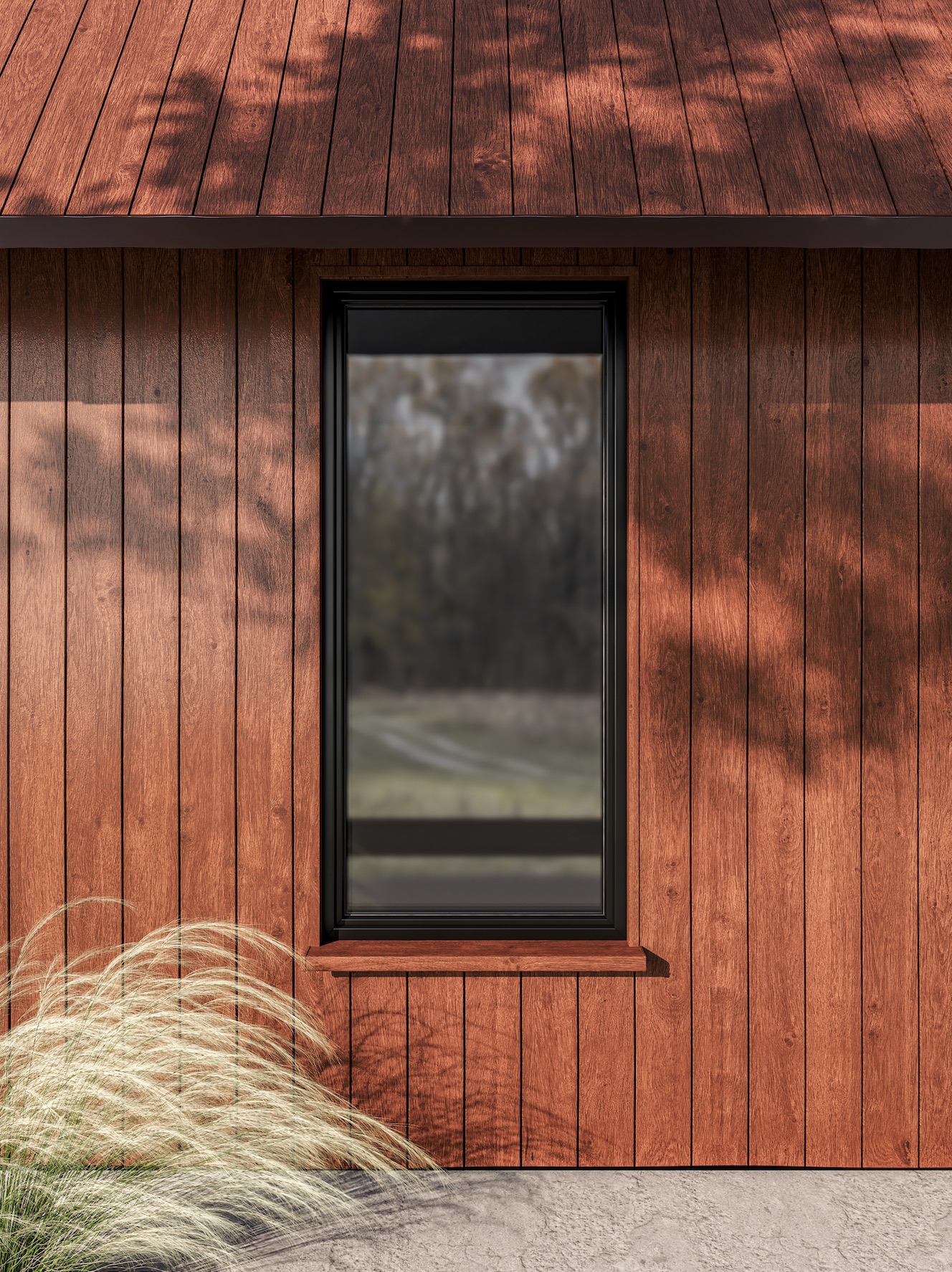A collaboration between circular materials company EasyMining and Swedish design studio Form Us With Love has been exploring design-friendly uses for sand that is generated as a by-product of waste recovery
 Photography courtesy of Form Us With Love
Photography courtesy of Form Us With Love
Words by Katie Treggiden
We are running out of sand. That might sound like a ridiculous thing to say when you think about the copious amounts of sand in the world’s deserts, but it turns out that there’s sand, and then there’s sand. The sand we need for most contemporary applications, such as concrete, glass and silicon, to name but a few, needs to be angular. Desert sand is eroded by the wind and that makes it too smooth to lock together to form something like concrete.
What we tend to use instead is water-eroded sand sourced from riverbeds, lakes and coastlines. But growing demand is such that rivers, lakes and beaches are dredged and farmland and forests uprooted for the sand that lies beneath them, causing untold damage to natural environments. And the two most common constituents of sand are silica, usually in the form of quartz, and calcium carbonate, created over millions of years from lifeforms such as coral and shellfish, so it’s not renewable. At least not within human timescales.
Sand scarcity has become such a problem that, according to a study by a mining crimes professor at the National Police Academy in Brazil, illegal sand mining is ‘bigger than all other environmental crimes combined’. A whole beach was stolen to the south of Mumbai in a series of overnight raids in 2004.
But there are other sources of sand. EasyMining describes itself as an ‘innovation company dedicated to closing nutrient cycles’ and is owned by the Swedish waste management company Ragn-Sells. It has been recovering phosphorus from ash and sewage sludge since 2007 – it’s an energy-efficient and circular way to generate an in-demand fertiliser, but when fully scaled up, it will generate approximately 45,000 tonnes of a certain by-product per year – sand.
 Photography courtesy of Form Us With Love and EasyMining
Photography courtesy of Form Us With Love and EasyMining
EasyMining approached Stockholm-based design studio Form Us With Love to explore potential applications for this particular type of sand. It contains silica and iron oxide, giving it a red colour, it contains a mixture of rounded and angular particles and it has ‘pozzolanic’ properties.
Having pozzolanic properties means that, in its finely divided form and in the presence of water, the sand will react chemically with calcium hydroxide at ordinary temperature to form compounds ‘possessing cementitious properties’ – ie, properties that are useful for making cement and concrete.
‘The sand could be interesting for cement replacement and could also be used as sand replacement in concrete,’ says a representative from EasyMining. ‘We are confident that we will be able to secure one or several applications – 45,000 tonnes of sand is, for many of the applications we are evaluating, pocket dust.’ And securing those ‘one or several applications’ is where Form Us With Love comes in.
‘The notion of repurposing waste material resonated with our commitment to sustainability,’ says Form Us With Love. ‘We were immediately curious about this unconventional concept and recognised its environmental potential.’ The team started with a deep dive into the raw material, its properties and its potential applications.
 Photography courtesy of Form Us With Love and EasyMining
Photography courtesy of Form Us With Love and EasyMining
‘Once we had a solid grasp of the material and its potential, we took the next step, by reaching out to producers who could partner with us to create sample products,’ says the studio. ‘This was a crucial phase in our approach, as it marked the transition from conceptualising ideas to putting them into practice.’
The experiments and prototypes focused on architectural applications and included paint, terrazzo bricks and outdoor concrete furniture, as well as applications in which the sand could replace one of a material’s ingredients to lower its climate impact while retaining key properties. ‘Receiving the samples from the collaborating producers was a real joy,’ says Form Us With Love. ‘These samples represented a tangible step forward in the project, so it was an exciting moment.’
For now, paint stands out as the most likely candidate, not only for feasibility reasons, but also because of its storytelling potential, which is important to inspire further applications: ‘Imagine being able to use an industrial by-product to replace materials, lower carbon footprints and reduce the use of virgin resources,’ says Form Us With Love. ‘The reaction to the project has been extremely positive and uplifting and that reflects the growing importance of working together to create more sustainable, circular practices.’
Get a curated collection of design and architecture news in your inbox by signing up to our ICON Weekly newsletter


















